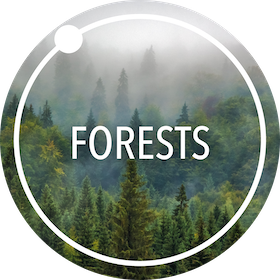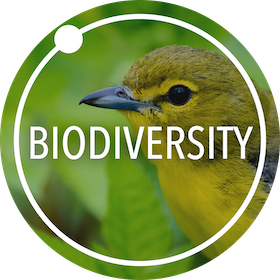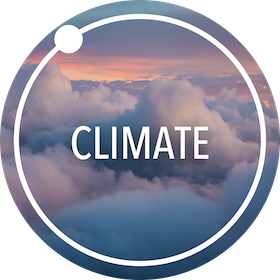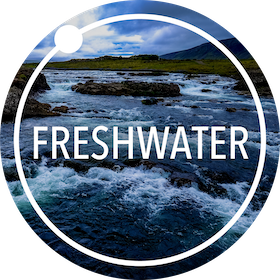Our strategic priorities span across four impact areas.
Our Proven Model
Adventure Scientists plays a unique role in conservation by partnering with researchers and galvanizing the outdoor community to gather data that is difficult to access, requires too large a scale, or is too costly to obtain with traditional methods.
Our Focus
The scope and scale of the climate crisis and environmental challenges facing the Earth today demand effective, collaborative actions. Adventure Scientists focuses on four impact areas aligned with our mission and strengths. Each impact area interacts with the others, building momentum for effective coalition-building and action. By focusing on forests, biodiversity, climate, and freshwater, we accelerate our partners’ ambitious conservation efforts and help shape a world that sustains us all.
Have a data gap that falls outside of our impact areas? Send us a note.
Aligned with Sustainable Development Goals
These Impact Areas allow Adventure Scientists to align our work with the 17 Sustainable Development Goals set by the United Nations.
What are these goals?
“The 2030 Agenda for Sustainable Development, adopted by all United Nations Member States in 2015, provides a shared blueprint for peace and prosperity for people and the planet, now and into the future. At its heart are the 17 Sustainable Development Goals (SDGs), which are an urgent call for action by all countries – developed and developing – in a global partnership. They recognize that ending poverty and other deprivations must go hand-in-hand with strategies that improve health and education, reduce inequality, and spur economic growth – all while tackling climate change and working to preserve our oceans and forests.” – United Nations Department of Economic and Social Affairs
Our Project Selection Criteria
We are selective about the projects in which we invest. This ensures we’re meeting our mission to advance critical environmental research. Our criteria are:

The project must address an environmental issue to which advancing a solution has previously been data-limited.


There must be a clear need for outdoor or traditional skills to collect the data.




